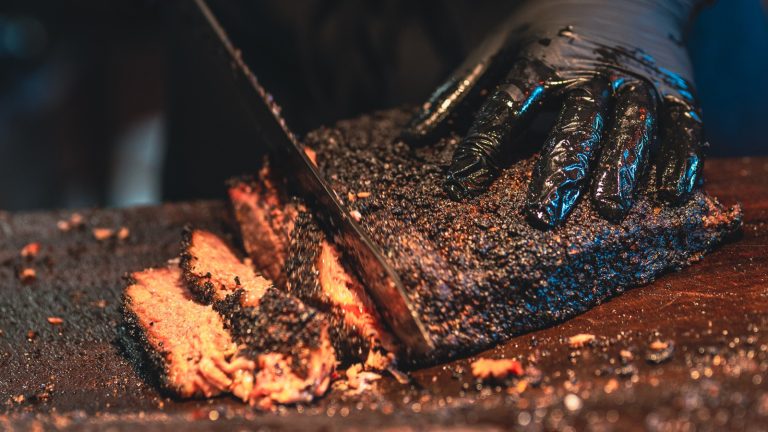One of the most important things to consider before planting a vegetable garden is how you will deal with pests that could destroy your crops. Cabbage flies can be a huge problem for your vegetable garden. They look like common houseflies but can quickly infest the roots of certain vegetables. They lay eggs on the stems of broccoli, radish, turnips, and all varieties of cabbage. When those eggs hatch, the larvae burrow into the plants’ roots, causing them to wilt and die. Cabbage flies are found everywhere in the world but are most common in cooler climates. If your cabbage or other vegetables are dying and you can’t find the culprit, it is likely a cabbage fly infestation. To protect your plants, you can use our safe, pesticide-free method: plant zinnias nearby.
Zinnias are a companion plant, which means that they support the health and growth of other plants in your garden. Just like marigolds, which can protect tomato plants, zinnias attract ladybugs and birds, both of which can help you manage cabbage flies. Birds may feed on cabbage fly larvae, and ladybugs eat both aphids and cabbage flies. Zinnias are annual flowers that are native to Mexico and Central and South America. They flourish in the southwestern U.S. but can also be planted in USDA hardiness zones two through 11. Rather than using harmful or toxic pesticides that could contaminate your soil and garden, planting zinnias is a safe and eco-friendly way to prevent cabbage flies.
How to plant and care for zinnias
If you are going to use zinnias as a companion plant to reduce the risk of cabbage flies, you should plant them directly in the soil in your vegetable garden, rather than in pots or containers. If you live in a warm climate, you can plant them from seed directly into the soil. If you live in a cool climate, you can get zinnia plants from your local nursery or germinate the seeds indoors using your old takeout containers and then plant them in your garden. One of our tips for growing a garden on a budget is to buy seeds rather than nursery plants, so if you’re trying to save money, getting a pack of zinnia seeds is the best choice. Seeds should be placed ¼ inch deep in your soil and six inches apart, and each row of seeds should be about a foot apart. Zinnias need plenty of sun and should be watered whenever the soil feels dry.
Zinnias will bloom and thrive in the late spring through the summer and then die in the fall. After they bloom, you should regularly prune and deadhead the flowers to keep the plants healthy. Because they are annuals, you will need to replant them each spring. Although zinnias are relatively low-maintenance, they are at risk of powdery mildew and rot if they are overwatered. Aphids and Japanese beetles can also cause damage to or kill the plants. To prevent this, only water the plants when the soil is dry and make sure that they are getting enough sun throughout the day. If you’re looking for more safe, natural ways to repel pests from your garden, consider planting mint alongside your marigolds and zinnias.






